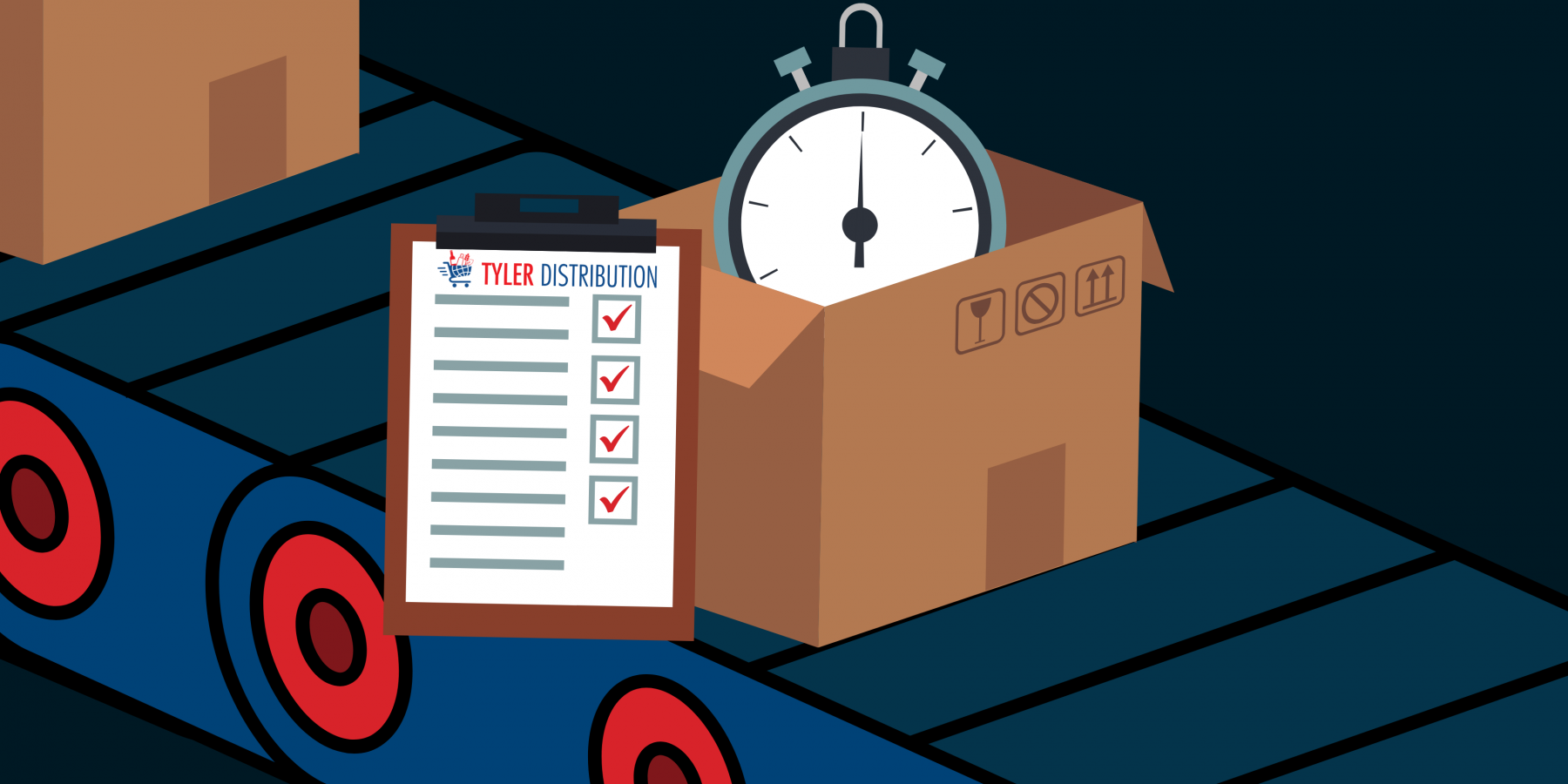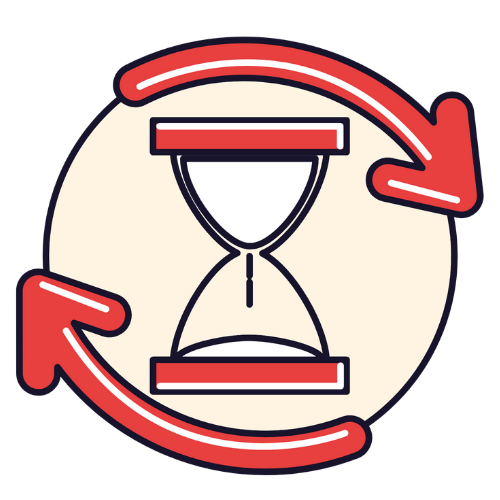Inventory turnover is defined as the frequency in which inventory is cycled through a warehouse within a given period of time. It is one of the best metrics to determine how well inventory is being managed. If you are working with a 3PL warehouse, your pricing will be heavily based on your annual inventory turnover rate.

Warehouses and retailers want fast moving and consistent items – high inventory turnover is a crucial indicator of this. Many factors can impact how fast (or slow) you turn over your inventory. Let’s focus on a few:

Slow or reduced inventory turnover is something you want to avoid. This can be a sign that too much inventory is being produced for the level of sales being made. Holding too much inventory will result in a higher spend on storage related fees – which can lead to decreased profits.

Quick inventory turnover is a positive. It suggests your product is in high demand. As a result, less money will be tied up in storing slow moving items that also have the potential to expire – which will yield higher profit margins.

2021 saw many struggles throughout the supply chain – which look like they will continue through 2022. With delays in getting product made, limited availability on steamships, rail cars, and trucks has led to delays in product getting into warehouses. What hasn’t slowed is the demand for these items. The result is a shortage of product available to fulfill orders – thus causing items to ship out as soon as they arrive to the warehouse because the Purchase Order (PO) they are tied to is late.
As companies review their 2021 numbers, they may find their inventory turn over to be much higher than in previous years but viewing this as a positive can be a slippery slope. While storage costs may be reduced, customers are receiving orders short and/or late which can lead to reduced sales – and the potential for losing customers. This has led many supply chain managers to rethink the common “Just In Time” inventory practices for more of the new “Just In Case” methodology.
How can I determine my inventory turnover rate?
Here is a simple formula that will help you calculate your inventory turns. Many warehouses may track your inventory at the pallet level – but for this calculation, we suggest using the case quantity rather than pallet quantity for the most accuracy.
[(Cases In + Cases Out) ÷ 2] ÷ Average Case Inventory = Inventory Turns
Inventory turnover can be calculated for any period of time, as long as the information is consistent. You can calculate inventory turnover rates for your entire inventory or SKU by SKU.
Examples:
Throughput = 10,000 cases in annually + 10,000 cases out annually ÷ 2 = 10,000 case throughput annually
Average Case Inventory = 3,000 cases “Beginning Inventory” + 2,000 cases “Ending Inventory” ÷ 2 = 2,500 average case inventory
Annualized Turns = 10,000 cases of throughput ÷ 2,500 cases of average inventory = 4 annualized turns
In the example shown here, your inventory would turnover 4 times throughout the year, which means you would be holding about 3 months’ worth of inventory.
How do my inventory turns impact my storage rates with my 3PL warehouse?
In a 3PL warehouse model, there are typically incentives for customers that turn their inventory at higher rates. Faster turning inventory means there is more product flowing through the warehouse – this means more revenue generating activity for the warehouse provider.
Let’s say two customers with identical inventories of 500 pallets store their product at the warehouse. Customer A turns their inventory 4 times annually, and Customer B turns their inventory 8 times. That means Customer A is moving a total of 2,000 pallets through the warehouse, while Customer B is moving a total of 4,000 pallets through the warehouse. Customer B will pay significantly less than Customer A for the storage of their inventory because their items are turning over much quicker.
Each warehouse provider may have varying pricing structures and treat inventory turns differently, but faster turning inventory will more than likely always be rewarded with more favorable storage rates. As mentioned in the beginning of this article, how well you manage your inventory has a significant impact on the turnover rate – essentially determining how costly it is to store it with your warehouse partner.
At Tyler Distribution we provide our customers valuable insight to help them manage their inventory. One example of this is a report that shows slow-moving inventory which will help point out items that sit for long periods of time. Many customers will decide to sell off slow moving stock at a discount and/or discontinue future production to help increase overall inventory turns.
